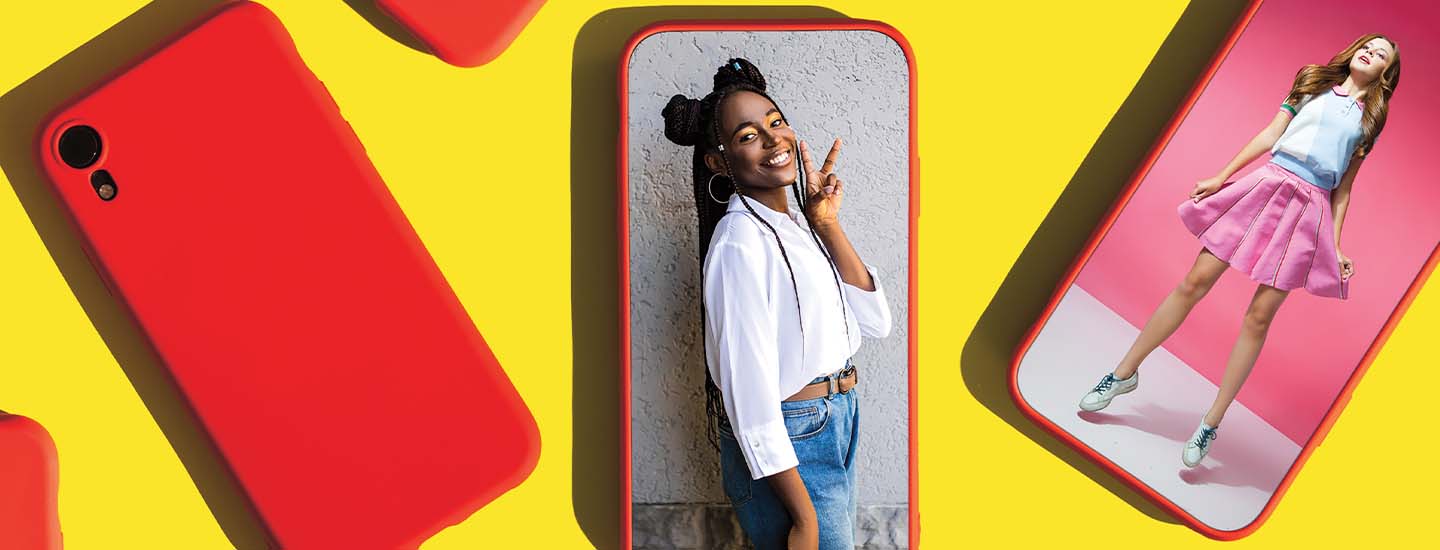Rise and shine! It’s time to get dressed for school, and you want to show up in style. But before you open your closet to pull together the perfect look, do you grab your phone for inspiration?
Scroll through Instagram’s and TikTok’s “outfit of the day” hashtags and you’ll find millions of posts of teens wearing the newest fashions, from eye-catching jackets to the hottest sneaker designs.
Many of these outfits are examples of what is known as fast fashion: stylish clothes that are designed and manufactured as quickly and cheaply as possible, then sold to consumers at extremely low prices. But in recent years, a new trend has emerged: ultra-fast fashion. This type of clothing is produced even faster—and more cheaply. The garments are marketed on social media, often by influencers and celebrities, and sold almost exclusively online.
Rise and shine! It is time to get dressed for school. You want to show up in style. You are about to open your closet and pull together the perfect look. But do you grab your phone for inspiration first?
Scroll through Instagram’s and TikTok’s “outfit of the day” hashtags and you will find millions of posts of teens wearing the newest fashions, from eye-catching jackets to the hottest sneakers.
Many of these outfits are examples of what is known as fast fashion. That means stylish clothes that are designed and manufactured as quickly and cheaply as possible. They are sold to consumers at extremely low prices. But in recent years, a new trend has emerged called ultra-fast fashion. This type of clothing is produced even faster and more cheaply. The garments are marketed on social media, often by influencers and celebrities. And they almost always are sold only online.

